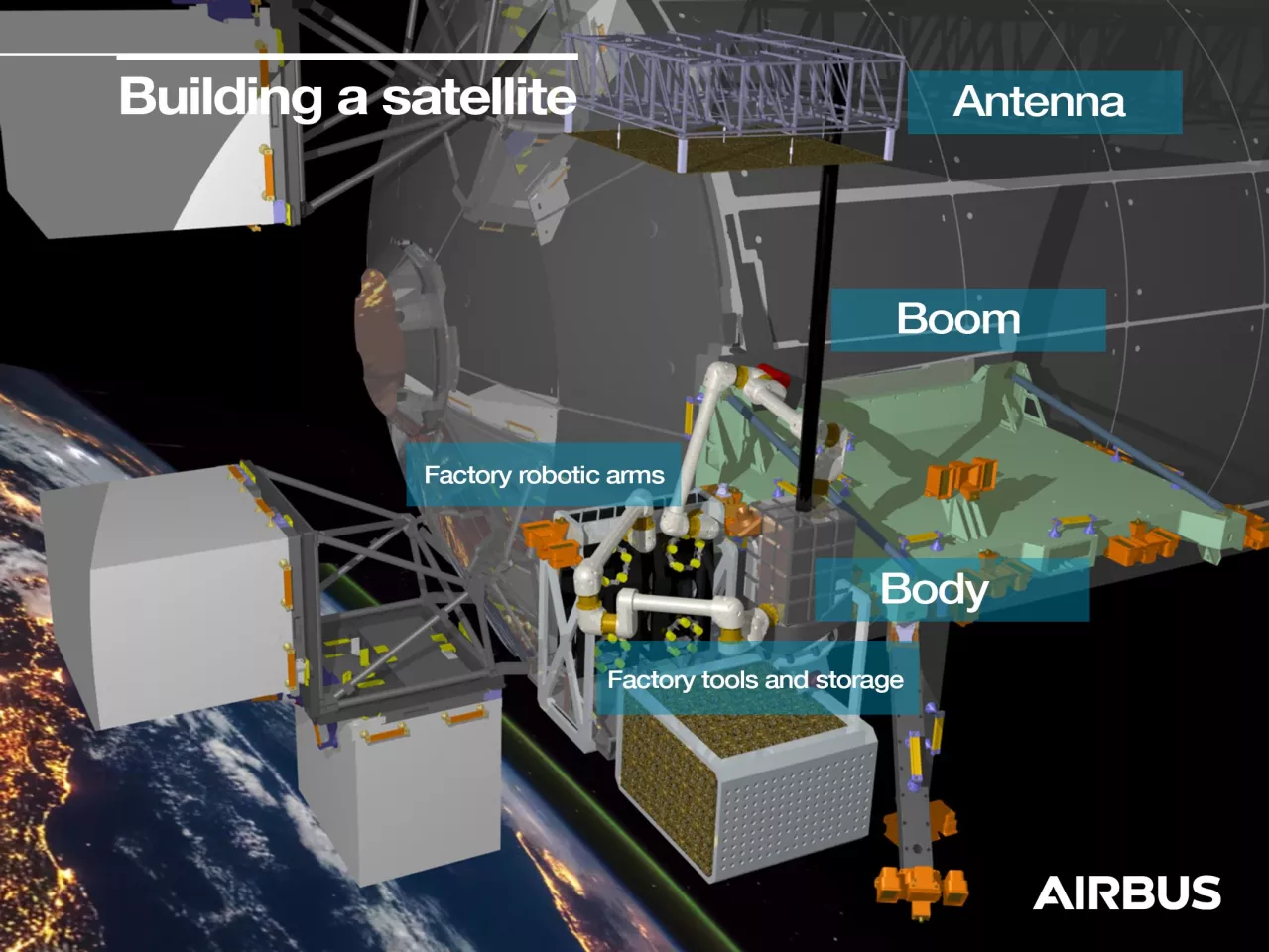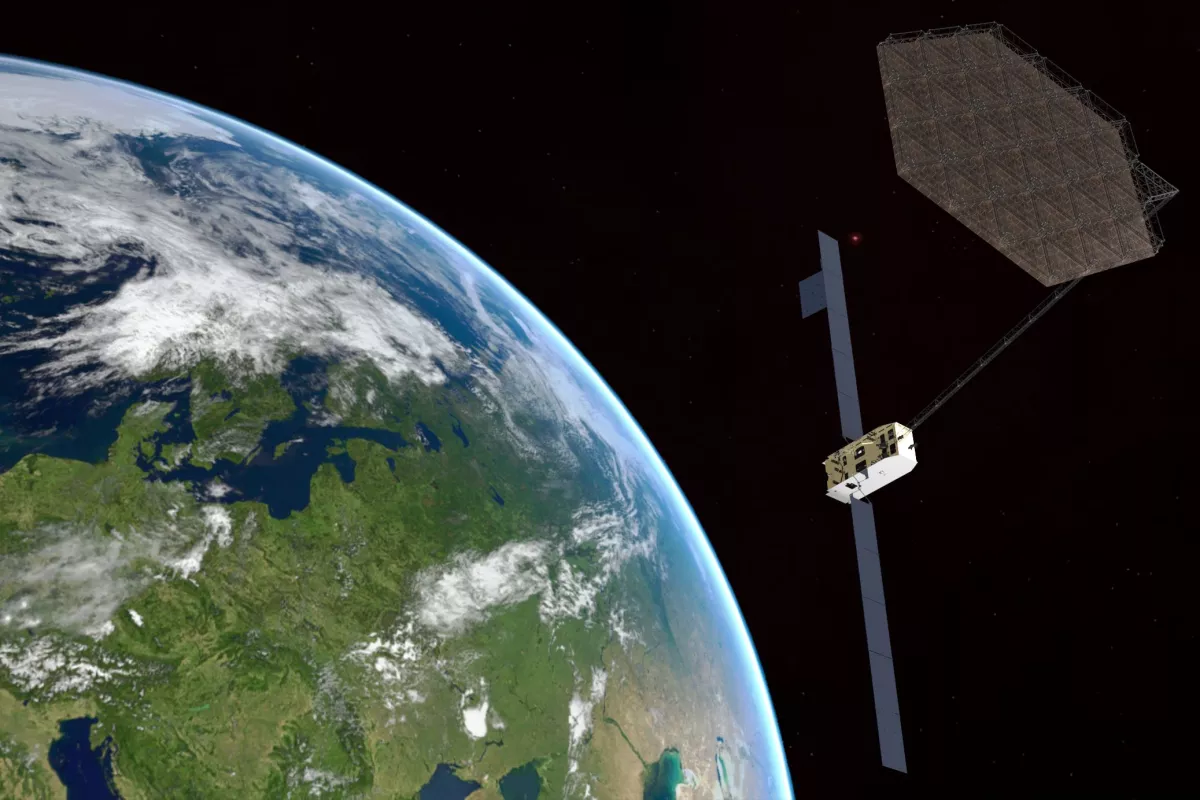Europe is getting into the space manufacturing race as the European Commission awards Airbus a €3-million (US$3.5-million) contract to prepare a low-Earth orbit demonstration project. Currently an A/B1 phase study contract, the PERIOD (PERASPERA (short for Per Ardua ad Astra) In-Orbit Demonstration) project will spend two years developing a concept to manufacture and assemble satellites in space.
With a cost of US$10,000 per pound (0.45 kg) to reach Low Earth Orbit (LEO), any way to reduce launch payload mass for space missions will find a receptive audience. This cost is compounded by the fact that satellites not only need to survive the harsh conditions of space, but also the stresses and vibrations of a rocket launch. Add in the fact that this spacecraft must fit inside a small nose cone with other payloads and the bill keeps going up.
Funded through the EU's Horizon 2020 research and innovation program and to be carried out by Airbus Defence and Space in Bremen and seven other European organizations, PERIOD aims to get around launch costs by using robotic arms equipped with interchangeable tool hands to assemble major components like antenna reflectors and assemble spacecraft components and payload replacements in orbit.

Eventually, the goal is the same as DARPA's NOM4D project, which is looking to manufacture large structures in space, freed of the cost and restrictions of launches. In this way, Europe will be better in a position to take a lead in the emerging in-orbit servicing and manufacturing market.
At the end of the two-year A/B1 phase study, the aim is to follow up by placing a demonstrator into orbit as a free-flying platform or, alternatively, aboard the International Space Station (ISS), which would be lower cost.
"Airbus has been working on in-orbit manufacturing technologies for more than a decade and the PERIOD program will help Europe move its combined technological know-how to the next level," says Silvio Sandrone, head of Space Exploration future projects at Airbus. "Future large scale space systems can only be manufactured and assembled in orbit, so it’s crucial that Europe is at the forefront of this key capability."
Source: Airbus






